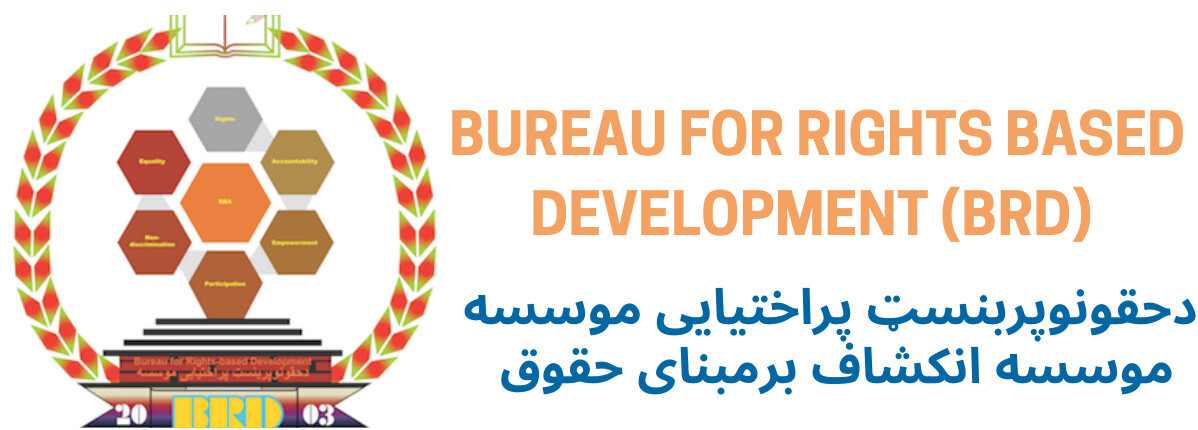Preserving Culture Heritage At Risk
Culture Heritage in Afghanistan
Context
Afghanistan’s cultural heritage is a testament to its rich history and diverse civilizations. This heritage, embodied in its monuments, archaeological sites, and traditions, has suffered extensive damage due to decades of conflict, neglect, and natural disasters. Despite recognition by UNESCO and Afghan authorities, many sites remain vulnerable due to insufficient resources and technical expertise.
A rapid assessment conducted by the Bureau for Rights Based Development (BRD), supported by the Prince Claus Fund (PCF), found that most cultural heritage sites in disaster-prone provinces are in a state of collapse and require urgent protection and stabilization.
Ky Challenges and Needs
– Destruction and Neglect: Cultural sites have been damaged or destroyed due to war, civil unrest, and environmental hazards.
– Resource and Expertise Gaps: There is a lack of funding, technical skills, and institutional capacity for emergency conservation.
– Community Disengagement: Local communities often lack the tools and knowledge to participate in preservation efforts.
– Human Rights Concerns: Restricted access to cultural heritage undermines community identity and dignity.
– Disconnect Between Heritage and Communities: Preservation efforts sometimes exclude the communities most connected to the heritage.
BRD Response Strategy and Key Interventions
In response to the urgent threats facing Afghanistan’s cultural heritage, the Bureau for Rights Based Development (BRD) has developed a comprehensive strategy aimed at protecting, preserving, and promoting cultural heritage through a rights-based and community-centered approach. This strategy addresses both immediate emergency needs and long-term capacity building, ensuring that local communities are empowered to safeguard their heritage. BRD’s interventions are designed to be inclusive, sustainable, and responsive to the complex challenges posed by conflict, disaster, and institutional limitations.
Advocacy Using a Human Rights-Based Approach
BRD promotes cultural heritage protection as a human right, emphasizing access, dignity, and identity. This approach supports inclusive preservation and peacebuilding through intercultural dialogue.
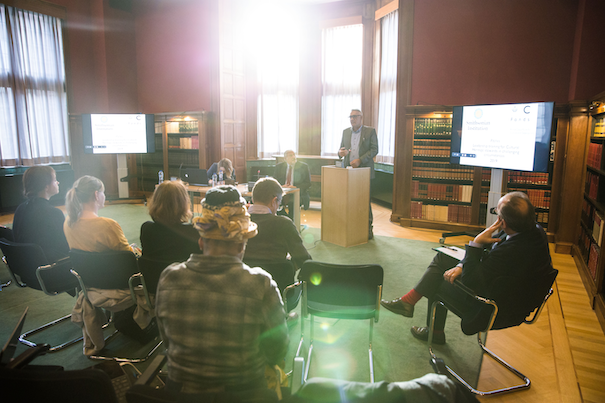
Rapid Assessment of Cultural Heritage at Risk
BRD conducted damage assessments in collaboration with local authorities, targeting sites in Eastern, Central, Northern, and Northeastern Afghanistan. These assessments inform response plans for repair and stabilization and guide future interventions.
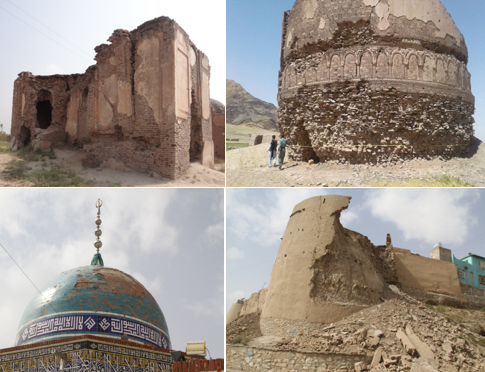
Capacity Building for Emergency Response
BRD is training community-based organizations, civil society, and local institutions to:
– Deliver first aid to cultural heritage in emergencies.
– Engage communities in preservation effortsand build partnerships for local-level protection.
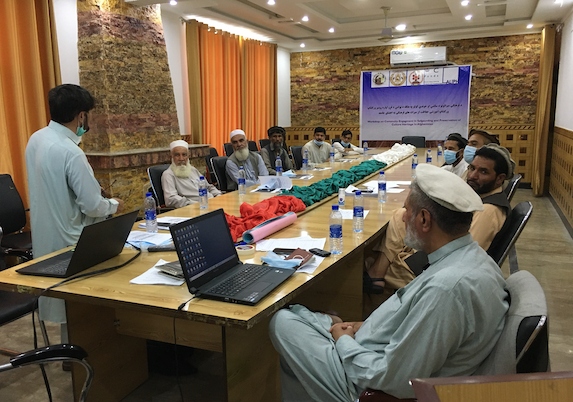
Emergency Response to High-Risk Sites
BRD has identified 19 high-risk cultural heritage sites in Ghazni and Nangarhar provinces. Emergency measures include site stabilization and the construction of protective infrastructure, such as flood walls, to mitigate further damage.
Among these, two sites—Sultan Poor Chennee and Shah Faizullah Shrine in Nangarhar province—were prioritized based on their level of risk, cultural significance to local communities, and the availability of donor support. BRD has successfully stabilized both sites with support from the Prince Claus Fund under the ALIPH grant.
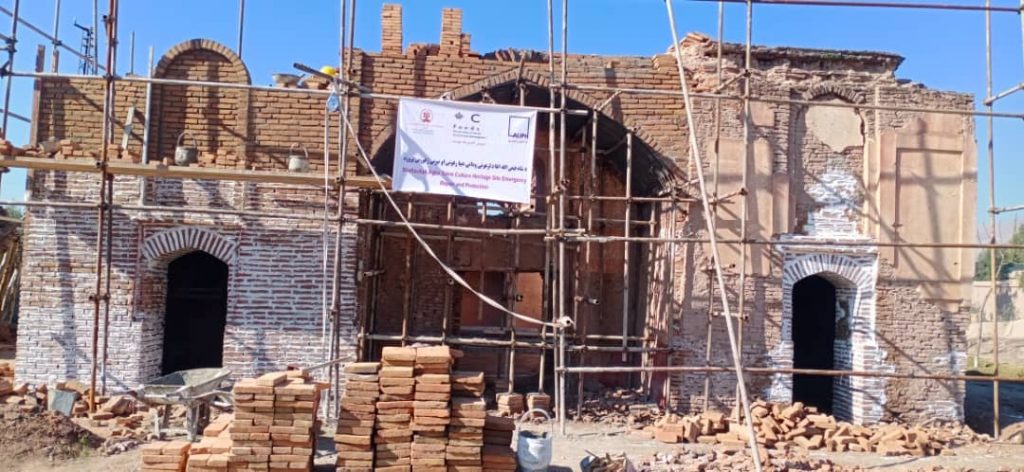
mergency Response to Protection of Jam Minaret
BRD has initiated emergency response efforts to support the protection of the historic Jam Minaret, a UNESCO World Heritage Site located in Ghor province. The site is at significant risk due to environmental factors such as flooding and erosion. BRD’s intervention includes technical assessments, coordination with local authorities, and advocacy for international support to implement urgent stabilization and conservation measures.
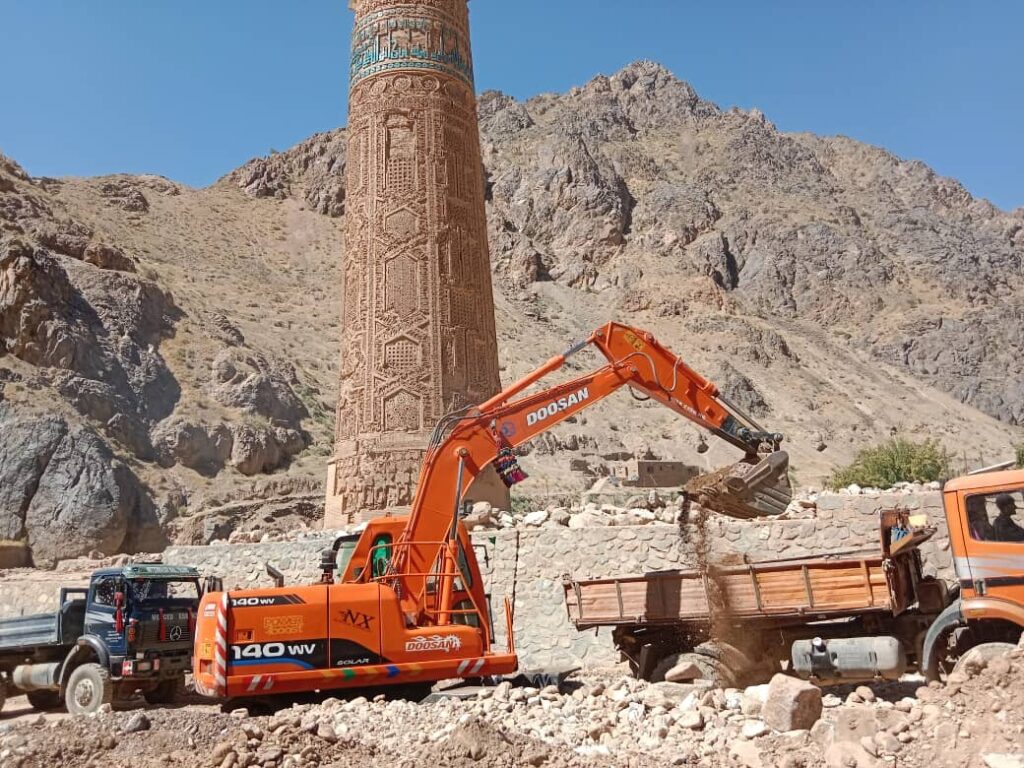
Support to Silk Road Exhibition for Afghanistan Museum Authorities
As part of its cultural heritage promotion efforts, BRD has extended support to the Afghanistan Museum Authorities for organizing the Silk Road Exhibition. This initiative aims to highlight Afghanistan’s historical role in the Silk Road, fostering cultural pride and international awareness. BRD’s support includes technical assistance, exhibition planning, and capacity building for museum staff to enhance public engagement and heritage education.
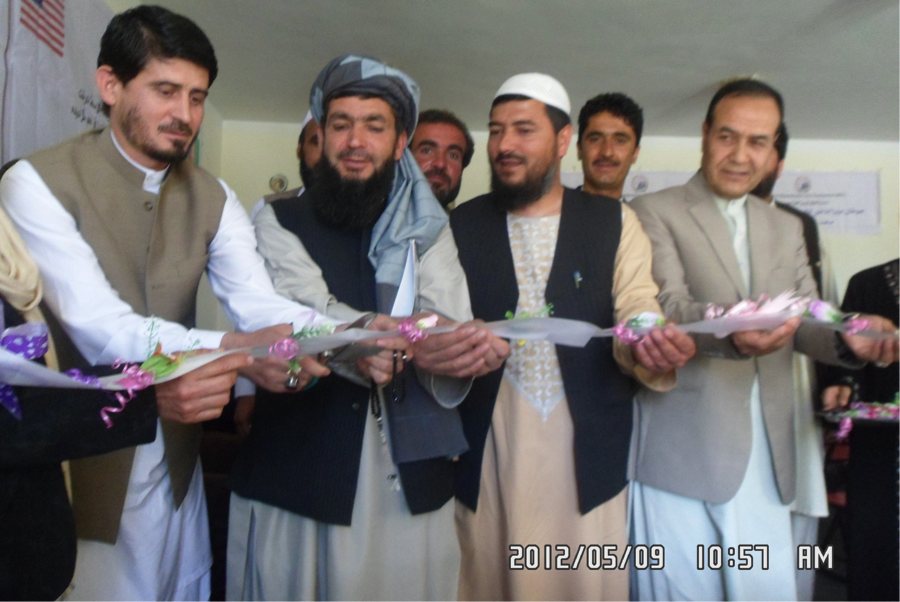
Preserving Afghanistan’s cultural heritage is a shared responsibility. BRD calls on:
- National and international stakeholders to support cultural heritage as a human rights and peacebuilding priority.
- Donors and development partners to fund emergency response and capacity-building initiatives.
- Local communities and civil society to actively engage in safeguarding their heritage.
- Policy makers to integrate cultural heritage into national development and disaster risk reduction strategies.
Together, we can protect Afghanistan’s cultural legacy for future generations.
Support Our Work